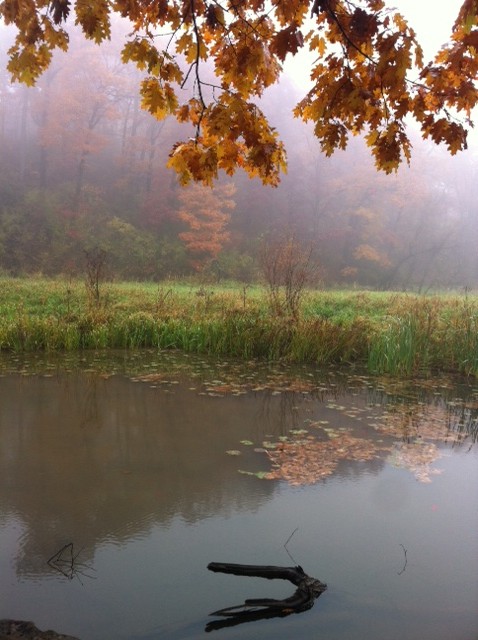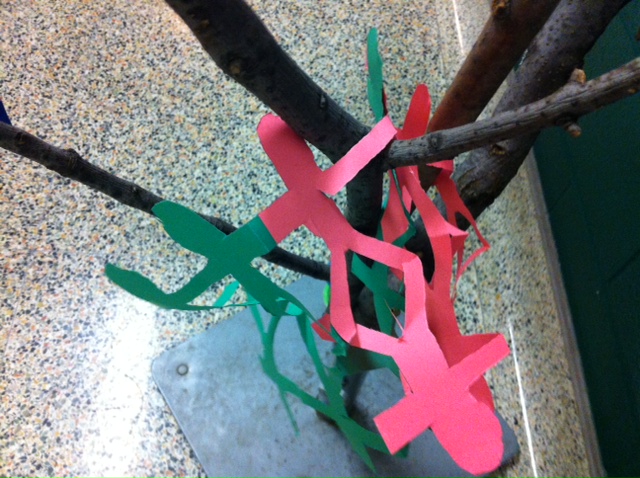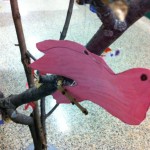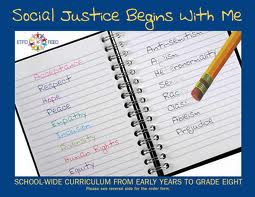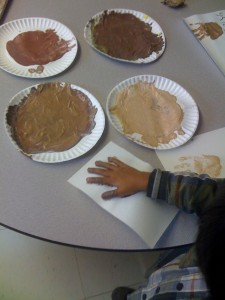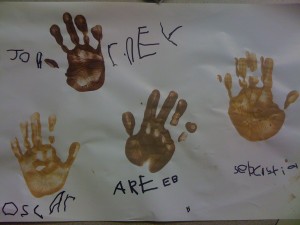Outdoor education is something I have been trying out this year in my Grade 3 classroom. I have tried giving my students opportunities to use the outside world to explore and learn from it. As our first social studies unit was First Nations people, we decided to go for a class walk to a nearby forest/pond area near our school. We took some time to explore and look around at the environment we saw around us. After some exploration, we came together and had a community circle to discuss things we have seen. We pretended to be First Nations people, and discussed things we would use in our environment to survive (trees for building our homes, ducks for food, water for drinking water, etc). It was a great experience, and students were able to make social studies connections to the environment around them.
Although I have been trying out some of the outdoor education ideas, I felt I needed more. So, I signed up for an Outdoor Education Workshop. It was called Outdoor Education: Look and Learn, which was provided to me through my school board, Halton District School Board and Royal Botanical Gardens in Hamilton, Ontario. The day started off with us playing some outdoor games, which came from the Project Wild resource book. Then, we went on a hike where we were able to use our 5 senses and explore the environment. We all used our cellphones, or were given cameras to take pictures of things that interested us. It was a rainy/foggy day, so we were able to take some beautiful pictures. After some exploration, we were given some birds seed and these chickadees flew right down to us and ate the seeds from our hands. As adults, we were so excited about this, so I could only imagine how our younger students would have enjoyed this.
We were all assigned to choose a few leaves that stood out to us and share what types of activities we could do with them. The leaves were so beautiful with bright orange and red colours. Some ideas were to sort them leaves based on different properties, use the leaves for art (making leaf turkeys for Thanksgiving, or leaf rubbings) and using the leaves for math by looking at symmetry.
It was a wonderful workshop, I learned many things and felt more confident about doing outdoor education with my students. We also were given some wonderful resources. If you are interested in reading more on Outdoor Education, please check out:
Into Nature: A Guide to Teaching in Nearby Nature
http://www.back2nature.ca/resources-research/education
Happy Exploring!!!

